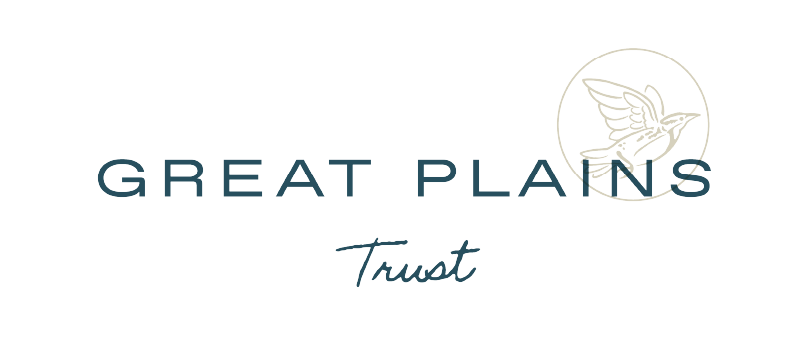Now is the perfect time to consider your charitable giving for 2022. Getting started now gives you plenty of time to thoughtfully consider which charities matter most to you. It also gives you time to implement strategies to lower your tax bill and make the most of your giving, all while avoiding the last-minute December scramble. In coming up with your plan, these are some things to consider:
1. Qualified Charitable Distributions: Generally, a qualified charitable distribution is 1) a distribution from an IRA (other than an ongoing SEP or SIMPLE IRA) 2) taken by an account owner aged 70 ½ or older 3) paid directly from the IRA to a qualified charity. So long as the distribution is given to charity, the account owner can deduct it as a charitable donation while also meeting the IRS’s RMD requirements. Qualified charitable distributions can be used to satisfy all or part of your annual RMD. For example, if your 2021 RMD was $10,000, you could make a $5,000 qualified charitable distribution, but would still have to withdraw another $5,000 to satisfy the 2021 RMD. Irs.gov/retirement-plans-laws-regarding-iras-distributions-withdrawals.
2. Non-Cash Assets: Donating non-cash assets such as stock or mutual fund shares directly to charity, rather than selling them and donating the after-tax proceeds, can amount to significant tax savings. So long as you’ve owned the assets for more than one year, you can generally deduct the fair market value of the assets for the tax year in which the gift is made. In addition, you can avoid any capital gains tax you may otherwise owe if you sell the assets yourself and donate the proceeds – neither you nor the charity will have to pay it.
3. Donor Advised Funds: A donor-advised fund (DAF) is a separate account used for the sole purpose of making charitable donations. Contributions to a DAF can be made at any time and qualify for a tax deduction during the year made (generally up to 60% of adjusted gross income). Once made, contributions to a DAF can be used to support any IRS-qualified public charity you choose on whatever timetable works best for you and/or the charity. Meanwhile, the contributions grow tax free, allowing you to contribute even more to your favorite charities. Once made, however, contributions to a DAF cannot be returned or withdrawn for any purpose other than charitable gifts.
DAFs can be a great strategy for people thinking about retirement. They allow you to take advantage of tax deductions during higher income-earning years, when you need them most, while pre-funding your charitable giving during retirement, when income may be lower. They also ultimately provide more money to the charities you support as the Fund will grow between the time of your contributions and donations. DAFs can also be a good solution for anyone ready to donate assets but needing a bit more time to decide which charities to support.
Potential Changes: While impossible to predict, it is important to keep an eye on potential legislative changes, especially if you are working toward a long-term plan. The Tax Cuts and Jobs Act of 2017, for example, is temporary and set to expire after 2025 unless extended or repealed. One of the things this Act did is double the standard deduction, which significantly shrank the number of taxpayers who itemize their tax deductions each year. If this provision expires, however, many more taxpayers will be allowed to deduct charitable gifts as they did before the Act. The Biden administration has also proposed new laws that, if passed, could affect charitable giving in the future.
We would be happy to assist you with developing the charitable giving plan that works best for you. Contact your advisor at Great Plains Trust for more information about funding a DAF.

